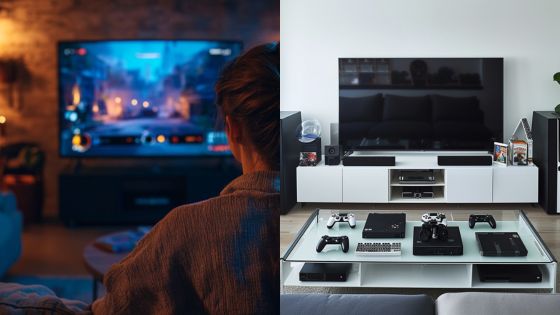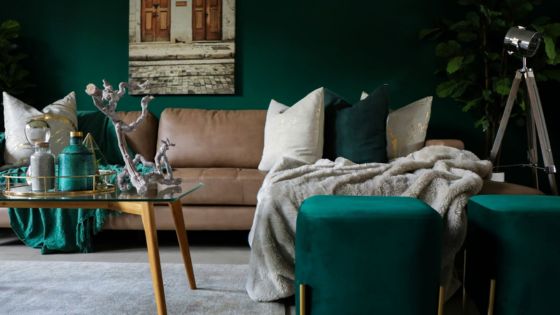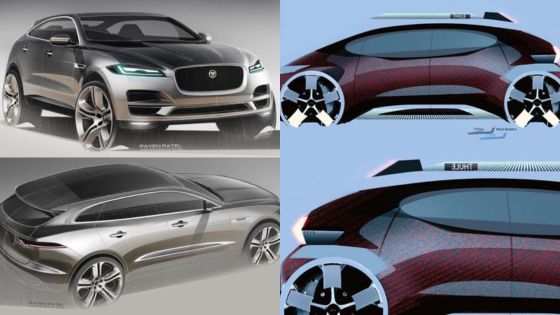The Flat Design Revolution has transformed how you interact with digital interfaces, emphasizing simplicity and functionality. By prioritizing usability over excessive ornamentation, modern interfaces create a clean aesthetic that enhances user experience. As design trends evolved, flat design emerged as a response to the complexities of skeuomorphism, offering users a refreshing alternative that values efficiency.
In this exploration, you will discover the essential principles that drive flat design and how they can be seamlessly implemented into your projects. This approach not only streamlines visual elements but also focuses on making content more accessible and engaging. When you embrace flat design, you contribute to a user-centric experience that fosters clarity and satisfaction.
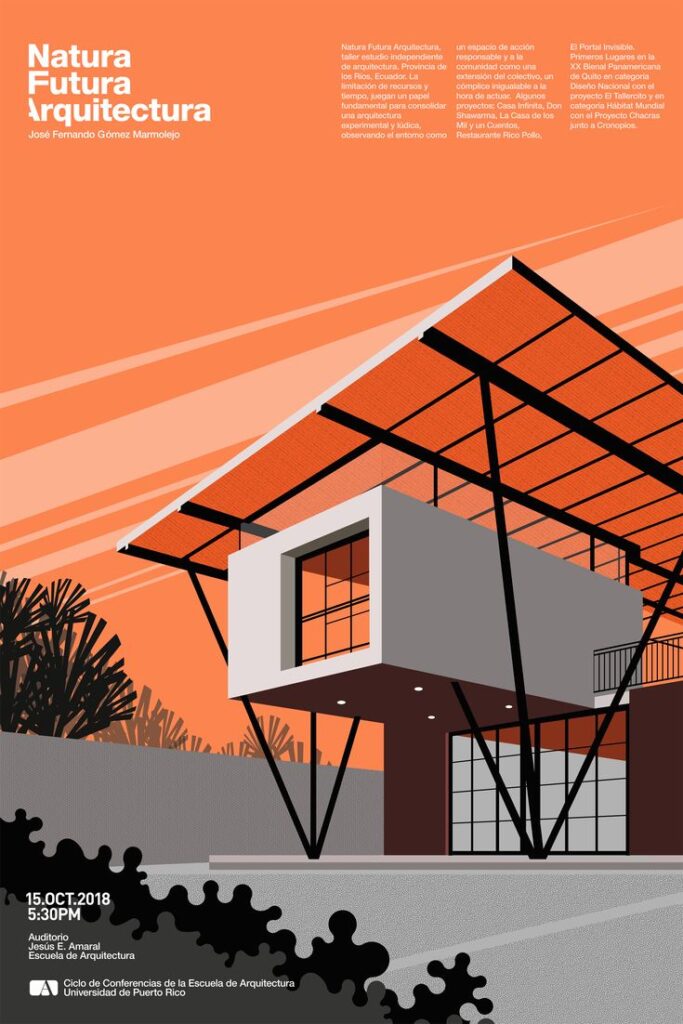
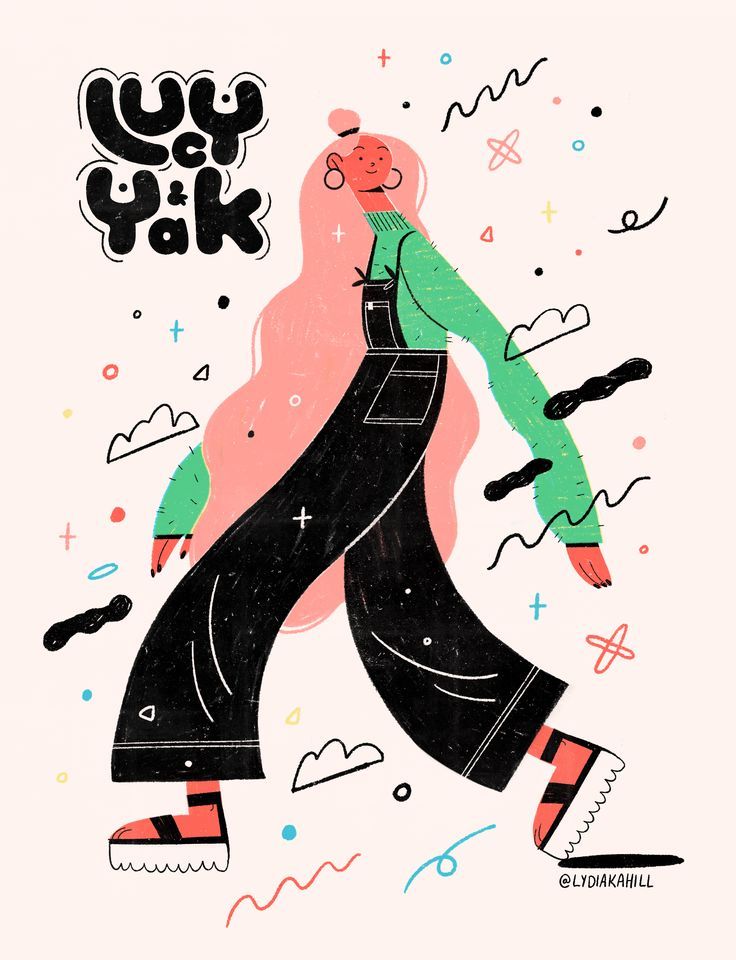

Key Takeaways
- Flat design enhances usability by eliminating unnecessary visual clutter.
- Implementing clean interfaces improves user engagement and satisfaction.
- Adopting modern design principles keeps your projects aligned with current trends.
Evolution of Flat Design
The transition from complex designs to simplicity marked the evolution of flat design. Key influences drove this shift, focusing on usability and aesthetics. Understanding these influences reveals how design has adapted over time.
From Skeuomorphism to Minimalism
Skeuomorphism characterized early digital interfaces, employing realistic textures and shadows. Apple pioneered this approach, creating applications that mimicked physical objects. While visually appealing, skeuomorphic designs became cluttered and less functional.
As designers sought cleaner aesthetics, minimalism emerged. The move towards flat design removed unnecessary embellishments. You see this shift in products from Microsoft, emphasizing essential elements. Minimalism prioritizes usability, allowing users to navigate with ease, leading to the rise of flat design as a favored choice.
Influences of Swiss Style and Bauhaus
Swiss Style and Bauhaus significantly shaped modern design, promoting clarity and functionality. Swiss Style, known for grid layouts and typography, established a structured approach to design. This clarity resonates in flat design, which favors simple, direct interfaces.
Bauhaus emphasized the unity of form and function. You can see this idea in flat design’s priority on functionality over decorative elements. Both movements championed simplicity, laying the groundwork for contemporary usability-focused designs that dominate today.
Material Design and Flat 2.0
Material Design, introduced by Google, represents an evolution of flat design. This approach builds on flat concepts while incorporating depth. Utilizing grid-based layouts, responsive animations, and shadows, Material Design creates a tactile experience.
Flat 2.0 incorporates aspects of skeuomorphism without compromising minimalism. It balances visual aesthetics with practical usability. Use of color intentionally guides users while offering a more interactive experience. This modern interpretation demonstrates how flat design continues to evolve while addressing user needs effectively.
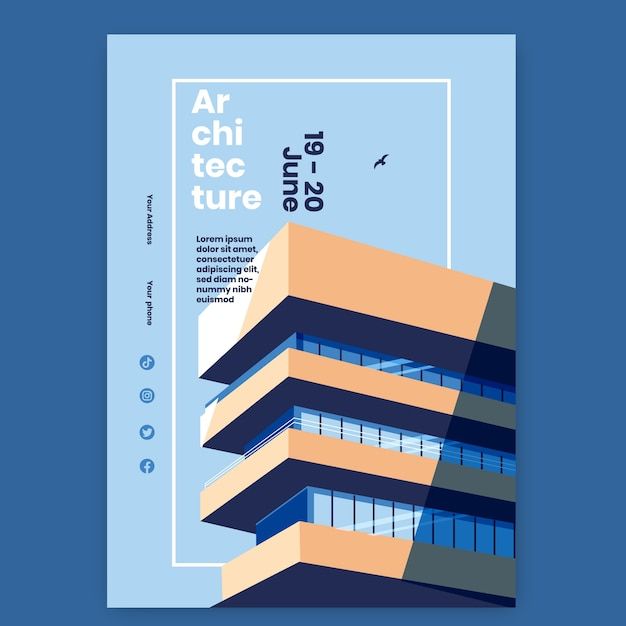

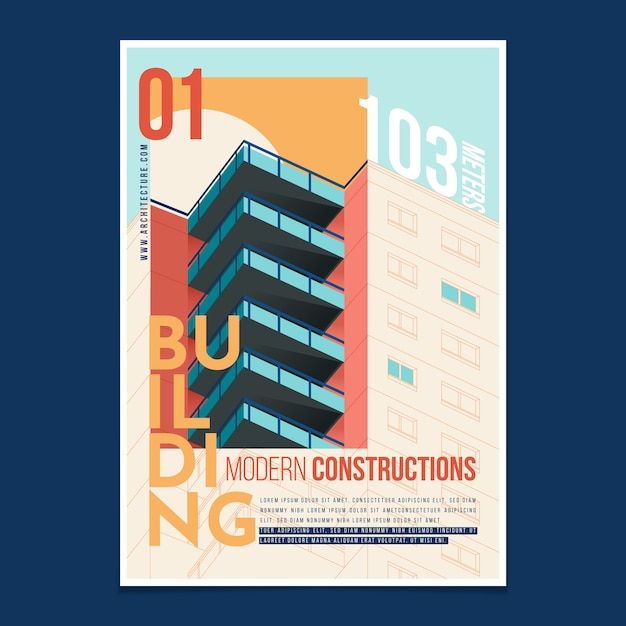
Principles of Flat Design in UI/UX
Flat design emphasizes clear, functional interfaces that promote usability. By adhering to core principles, you can create visually appealing and efficient user experiences.
Simplicity and Functionality
Simplicity is central to flat design, prioritizing functionality over unnecessary elements. When you adopt a minimalist approach, you reduce distractions, allowing users to focus on essential tasks. This leads to efficient navigation and interaction.
Functionality is bolstered by the elimination of visual clutter. Icons and buttons should serve clear purposes, or they risk becoming confusing. You can achieve this by using straightforward shapes that mirror real-world objects, creating a familiar and intuitive experience for users.
Use of Color and Typography
Color choices in flat design are crucial in creating a vibrant but cohesive interface. You should opt for a limited color palette that uses contrasting colors effectively. This enhances readability and draws users’ attention to key elements.
Typography is equally important. You want to use clean, simple fonts that ensure legibility across devices. Bold headlines can guide users, while simple typography in body text supports readability. Combining these elements creates a harmonious look, enhancing user satisfaction.
Optimizing for Performance
Performance optimization is a vital aspect of flat design. The clean and straightforward nature of flat interfaces often results in faster load times. You should focus on lightweight elements, avoiding complex graphics that can hinder performance.
Additionally, responsive design enhances usability across devices. Ensure that your UI adjusts smoothly to different screen sizes, maintaining clarity and functionality. Fast, efficient interfaces contribute to a positive user experience, keeping your audience engaged and satisfied.



Implementing Flat Design
Implementing flat design involves creating interfaces that enhance usability through simplicity and clarity. You will focus on intuitive navigation, accessibility, and the importance of mobile and responsive design.
Creating Intuitive Navigation
Intuitive navigation is vital for user experience in flat design. Use clear, easily recognizable icons and labels. Consistency in placement helps users predict behavior, enhancing efficiency.
- Hierarchical Structure: Organize content logically. Users should find what they need quickly.
- Visible Navigation: Ensure navigational elements are prominent. This reduces cognitive load and aids quicker decision-making.
Employing hover effects or subtle animations can provide feedback without cluttering the interface. Such elements guide users smoothly through their interactions.
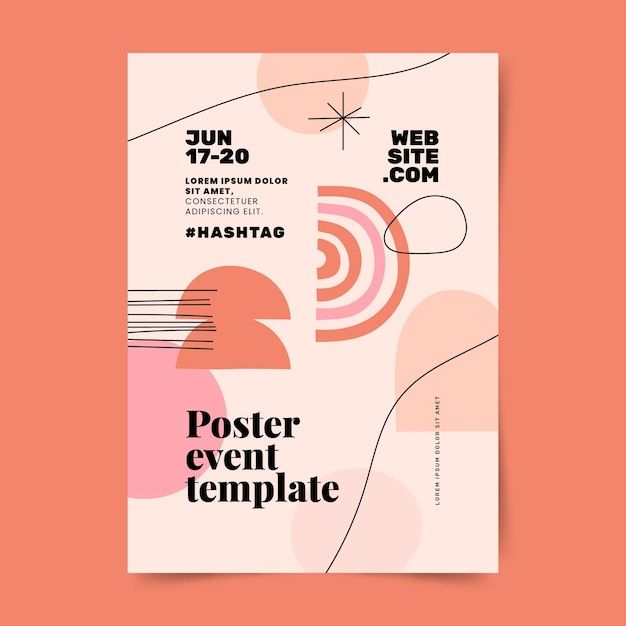
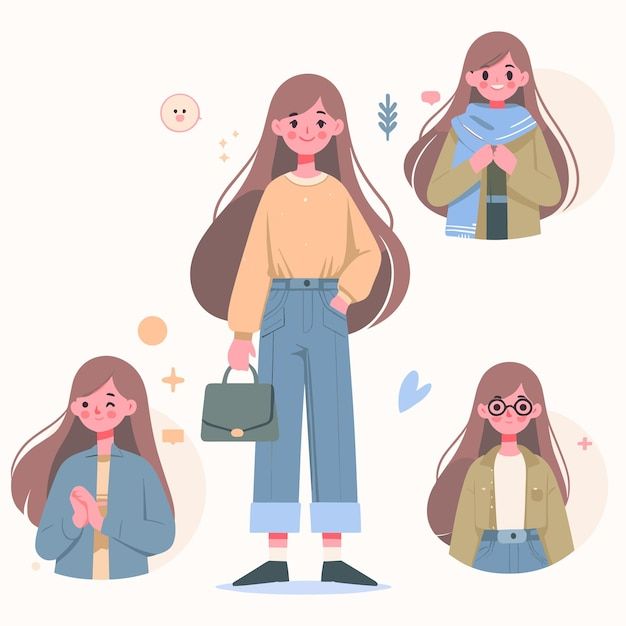
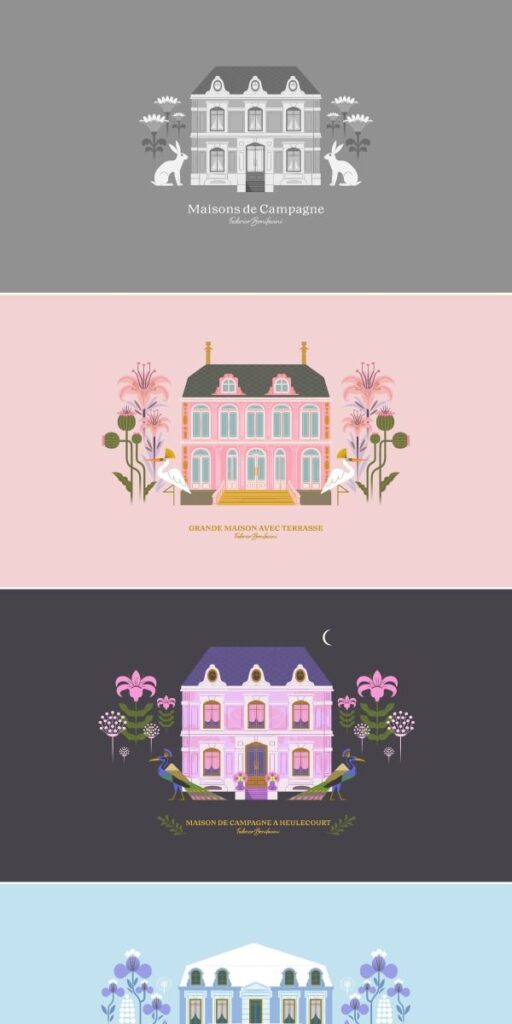
Enhancing Accessibility and Clarity
Flat design must prioritize accessibility for all users. Focus on color contrast and legibility to enhance clarity. Ensure text remains readable against backgrounds.
- Text Size: Use larger font sizes for better visibility.
- Color Choices: Avoid relying solely on color to convey meaning. Incorporate textures or patterns when using color.
Implement alt text for icons and images, making interfaces usable for screen reader software. This increases inclusion, ensuring an optimal experience for diverse users.
Focusing on Mobile and Responsive Design
With the significant use of mobile devices, responsive design is crucial. Flat design adapts well to varying screen sizes while maintaining clarity and usability.
- Flexible Layouts: Use grids that adjust for different resolutions. This keeps your interface functional across devices.
- Touch Targets: Design buttons and clickable elements with adequate size for tactile interaction. Users should find these elements easy to tap without frustration.
Prioritize loading speeds for mobile browsers. Keep graphics minimal to achieve fast performance. A fluid design accommodates various user interactions efficiently, enhancing overall satisfaction.
- 314shares
- Facebook0
- Pinterest314
- Twitter0
